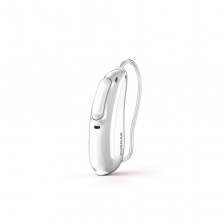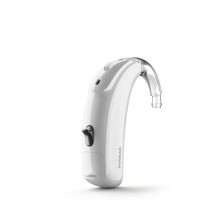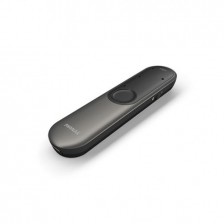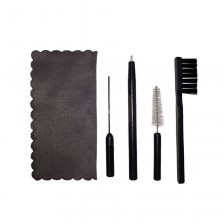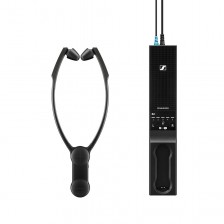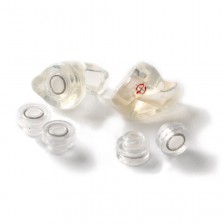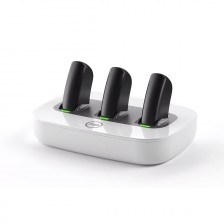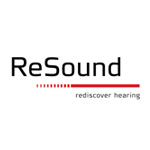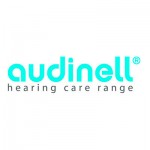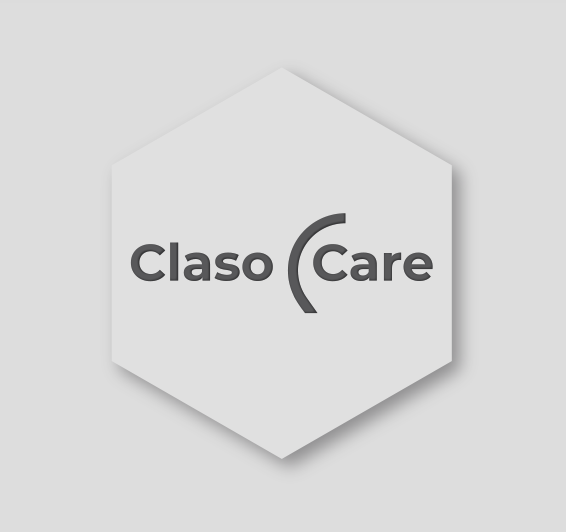What is a Cros hearing aid?


On many occasions, audiologists are faced with cases where the person shows a total (or practically total) hearing loss in one ear while in the other one has a healthy ear. In practice, this means that the person also shows problems hearing and understanding, especially if the sound comes from the side with the hearing loss. In these cases, what’s the solution?
How does a Cros system work?
Perhaps the first thing that should be clarified is that, although on many occasions we talk about a hearing aid, we really should talk about the Cros system. This consists of a normal hearing aid, which is placed in the healthy ear, and a hearing aid-like accessory that we call Cros, which we place in the hearing with loss. As you can see, this isn’t a hearing aid itself but an accessory.
Its operation is quite simple:
- The Cros is placed on the ear that has the loss and, through its microphones, picks up the sound and sends it wirelessly to the hearing aid in the opposite ear.
- The hearing aid, which is located in the healthy ear, receives the signal sent by the Cros and reproduces it through its receiver. As there is no loss in this ear, this hearing aid doesn’t have any programming that could alter the sound it receives. In this way, the healthy ear can hear the sound that the other ear would pick up if it were in the same good condition.
What if I also have hearing loss in the better ear?
On the other hand, there’s also the possibility that you suffer a total (or almost total) loss in one ear and another loss of a much lower degree in the other. In these cases, you can use a system very similar to Cros that we call BiCros. This consists of the same elements as the Cros system: an accessory placed in the ear with total loss and a hearing aid placed in the ear with less loss. The big difference is that, on this occasion, we program the hearing aid according to the loss that you have in your ear, thus reproducing the sound that it captures itself and that received through the wireless transmission of the Cros accessory according to the programming you need.
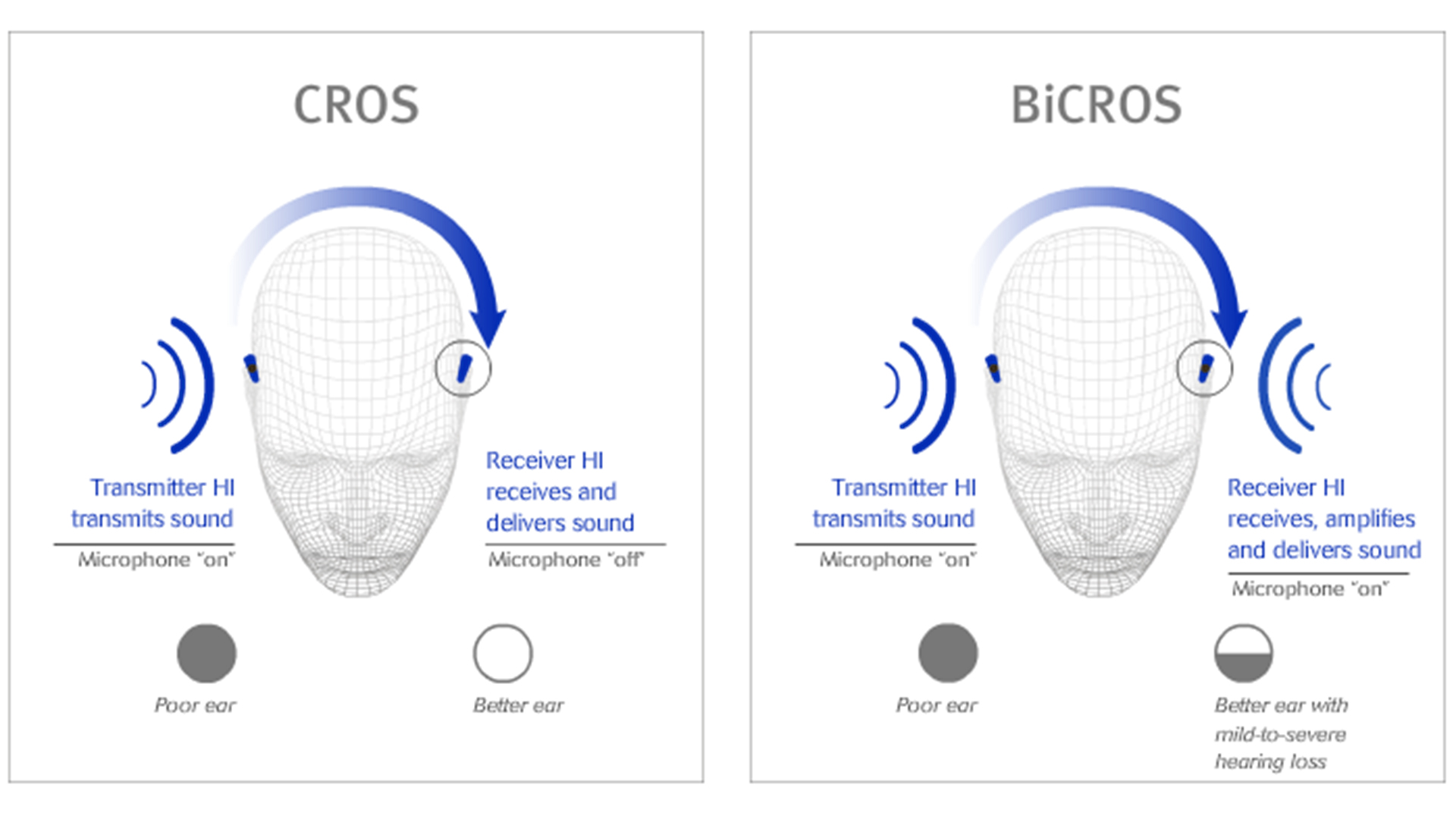
Benefits of these systems
This system doesn’t make you able to hear again in the ear with practically total loss, but it brings you great benefits that will considerably improve your day-to-day life:
- You will understand speech, regardless of the angle from which they speak to you. In this way, you will not only improve your understanding with anyone but you will not have to worry about where you place yourself in a conversation. No more asking someone to stand to the right or left to talk to you.
- This understanding will also improve in noisy environments.
- Beyond language, you will also capture all sounds, wherever they come from. In this way, you will not have to worry about how you’re facing or to turn your head to know that something is generating some kind of noise.
- Of course, in BiCros systems you have to add the advantage of improving the hearing of the ear with less hearing loss.
We hope this post has served to clarify any possible doubts you had about the Cros / BiCros system. Now you know that, because you have a total loss in one ear, all is not lost and you can still get all the juice out of your hearing. At Claso, we always look for the solutions that best suit you and your loss so that you can enjoy a full life.


